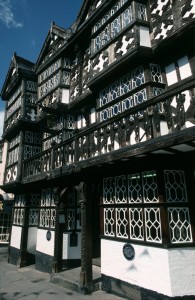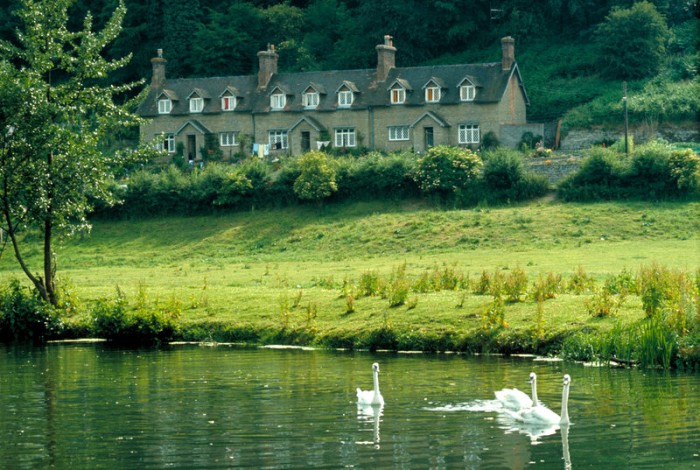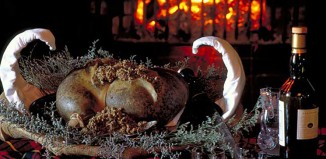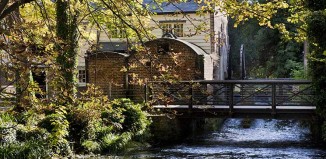Ludlow: royal connections and listed buildings
From its earliest days as an established Norman settlement, with the River Teme prettily skirting around its 11th-century castle walls, Ludlow has been a centre for rural trade, tourism and an aspirational prime location throughout the ages. Little has changed and while visitors mingle with residents in the marketplace, the romance of Ludlow permeates every building, passageway and view across AE Housman’s famous ‘blue remembered hills’. Visitors to the town are easy to spot. Craning their necks as they admire the leaning, creaking, decorative architecture slung along the Norman grid of streets, spectators are spoilt for choice.
From a royal seat to the glove trade
The Norman castle was founded by the de Lacy family, and its prominent position ensured it held out during centuries of hostilities with the unconquered Welsh. From the 15th century it served as a royal seat and with England and Wales finally united under the Tudors, it was the governing headquarters for Wales and border counties.
There are more than 400 listed buildings in Ludlow and all manner of guided tours are available. The wool and cloth trade kept the town’s coffers overflowing for hundreds of years, with mills operating along the river and numerous weavers, tailors and off-shoot traders setting up shop. The glove industry contributed to the local economy for over three centuries and wealthy merchants based their families in the town – the delightful black and white buildings a sign of their presence. Georgian days are marked by the Assembly Rooms in Castle Square and the grand facades of Broad Street, an area frequently labelled as the prettiest street in England. During this period Ludlow became a fashionable place to live and the population increased, with new houses packed within the now crumbling old town walls.
Tudor houses and countryside views

A fine example of Tudor heritage tucked away near St Laurence Church is The Reader’s House, with its gravity defying timber framed porch which was added to the property in the early 1600s to provide it with new accessibility. The property originated in medieval times and also has Jacobean additions, and despite appearances is in fact a comfortable private home. One of the best views over the town and surrounding countryside can be found 132ft up from the tower of St Laurence Church, also known as the ‘Cathedral of the Marches’. Many notable highlights are inside, including medieval glass and 15th-century misericords.
Royal connections
It was from Ludlow Castle in 1483 that a young Prince Edward departed for London to claim his crown, never to return, in a story that continues to divide opinion. It was here too that Prince Arthur died in 1502, leaving the throne for his robust younger brother Henry VIII. The town benefited immensely from its royal links and was seen as a fashionable, social centre from the 1600s, but changes in politics combined with Ludlow’s awkward geographical position eventually led to the castle’s abandonment in 1689. It fell into decay, only spared in 1811 by the Earls of Powis who restored and opened it to the public.
Festivals and events
A calendar of events throughout the year, from antiques fairs to Christmas craft markets means life is never dull and prosperity continues, just not in the ferocious manner of wool times. Its reputation as a food destination alone brings in thousands of visitors. Artisan producers unite at the autumn food festival, and a string of independent businesses including brewers, bakers, delis and restaurants tempt at every turn. Take your picnic to a scenic spot on the Teme riverbank.
Where to stay
Fishmore Hall, Fishmore Road, Ludlow SY8 3DP. Read our review.
More information
For guided walks or general tourist information go to Ludlow Visitor Information Centre, Castle Street, Ludlow SY8 1AS. Tel: 01584 875 053. or www.visitshropshire.com
How to get there
Ludlow is on the A49, midway between Shrewsbury and Hereford. From the M5 exit at junction 3 from the north; junction 6 from the south and follow the A449 and A456. Ludlow’s train station has good connections with Manchester, Chester and the Midlands.
Words by: Vicky Sartain








